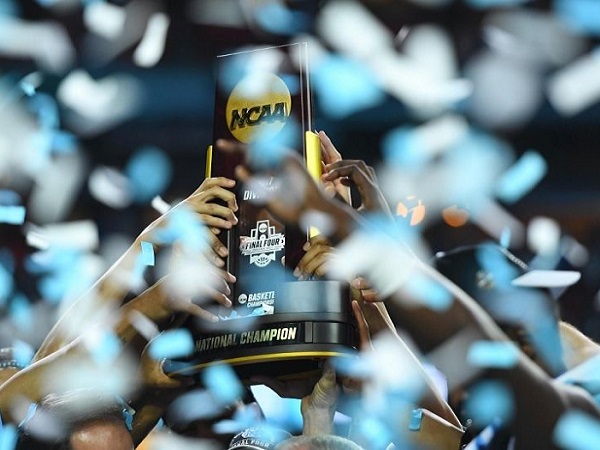In early November 2020, the United States Supreme Court decided against hearing a case involving the National Football League (NFL) and its main cable television distribution partner, DirectTV. It is a deal between the NFL and DirectTV that has lasted for twenty-five (25) years. As this author has discussed previously, NFL franchises split up their copyrighted broadcast rights for distribution and fees through the League office as opposed to the individual geographic approach in Major League Baseball (MLB).
The Supreme Court denying review of the case signifies that there are matters of law that still need to be determined at the district court level. It also means that the Supreme Court will not immediately use the limited antitrust exemption clause that the NFL maintains, specifically in distributing broadcasted football games that many Americans enjoy, to excuse the NFL from litigation. Ultimately, as Justice Kavanaugh explained in the Court’s decision, “the defendants—the NFL, its teams, and DirecTV—have substantial arguments on the law. If the defendants do not prevail at summary judgment or at trial, they may raise those legal arguments again [in a new appeal to the Supreme Court].”
As Premier Lacrosse League co-founder Paul Rabil wrote recently, measured in dollars and eyeballs, there is no more powerful content on television right now than live sports. The financial might of live sports content is seen in team valuations and sales, sky high prices for licensing broadcasts, the possibility of sports betting revenue, and added in-season tournaments. However, the Supreme Court is not basing its decision on moneymaking ability.
Arguably, the Supreme Court through the years has had its eye on the trends of consumers and what the consumer wants. Relatedly, how other businesses are able to compete in the marketplace for sports broadcasts. With Roku reaching 46 million subscribers, the NFL may have to reconsider how it sells its broadcasts in a wholesale fashion to a declining cable television industry. As streaming platforms like Apple are in search of original content, live sports might be a great, but albeit an expensive fit. The point here is that consumers and businesses are no longer reliant on DirectTV for their content in general and the court likely sees that. The marketplace for technology and distribution is changing and has changed. The people want more options.
Interestingly, AT&T the owner of DirectTV, is considering selling DirectTV with the on-going litigation and falling customer numbers. In some sense, the Supreme Court may be doing the NFL a favor by giving the NFL time to rethink its distribution business and go more for the variety of distribution with multiple partners versus, pardon the pun, a direct approach. The good thing is, the NFL has already begun a more varied distribution approach by bringing in Amazon for Thursday Night Football. It is also true that the NFL’s existing broadcast partners have created their own streaming platforms like ESPN+, CBS All Access, and Peacock (NBC) as additional viewing options. In the end, the Supreme Court has shown patience with some antitrust activity as long as consumers and businesses are happy, but where broadcasts are blacked out and it becomes increasingly harder to reach consumers, the law has been applied to increase the freedom of television distribution.
























